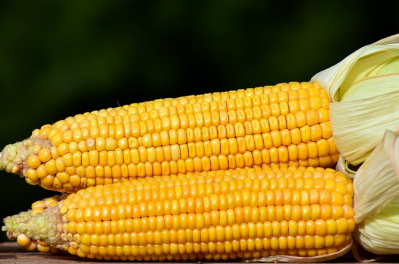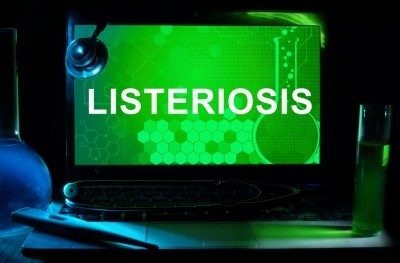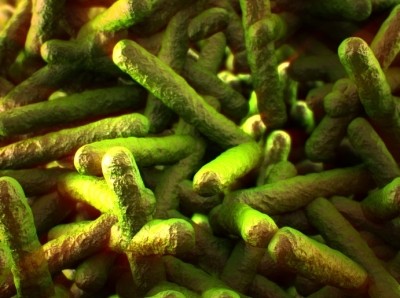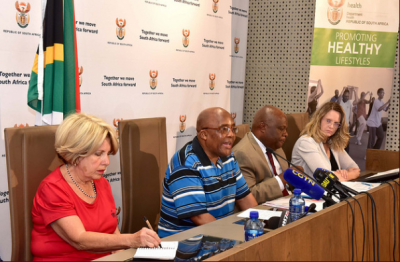Four dead in Listeria outbreak ongoing since 2015
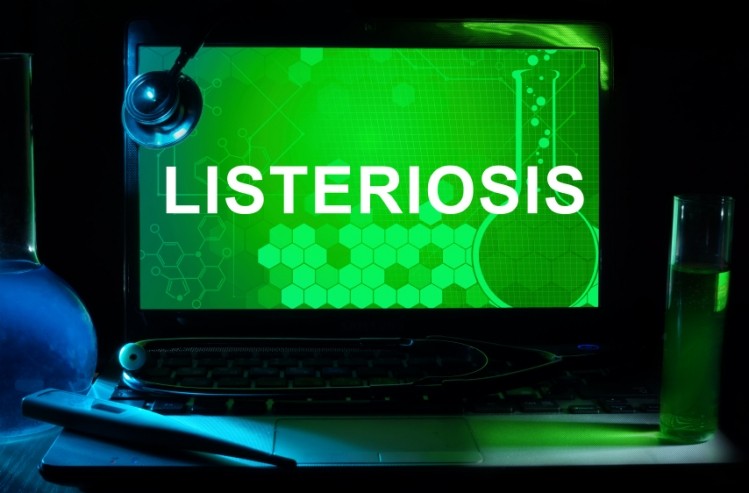
Five countries are affected in the Listeria monocytogenes outbreak that has been ongoing since at least 2015.
A total of 26 cases come from Austria, Denmark, Finland, Sweden and the UK. Four patients have died, one each in Austria and Sweden and two in Finland.
Of 25 cases with information on gender, 17 were females and two were pregnant.
Confirmed cluster
It has been classified as a confirmed microbiological cluster due to whole genome sequencing (WGS) including core genome multi-locus sequence typing (cgMLST) and single nucleotide polymorphism (SNP)-based analysis.
The European Centre for Disease Prevention and Control (ECDC) said there is no definitive evidence as to the source and potential risk of further cases remains.
“WGS analyses have confirmed that the isolates from human cases are genetically related, and very probably associated with a common source of infection.
“Should one or more food items be the vehicle of infection for this outbreak, it could prove difficult to identify the suspected food vehicle(s) using traditional analytical epidemiological methods due to lack of statistical power and cross-contamination events with other food items,” said the agency.
Finland notification
In early November, Finland reported in Epidemic Intelligence Information System for Food- and Waterborne Diseases and Zoonoses (EPIS-FWD) a cluster of L. monocytogenes PCR serogroup IVb, MLST ST6 confirmed by WGS (in-house cgMLST scheme), with 13 cases from different parts of the country between January 2016 and September 2017.
By the end of the month, nine EU/EEA countries had replied. Four cases that could be microbiologically linked to the Finnish cluster based on WGS data using either cgMLST or SNP analysis (in-house pipelines).
Austria has two human isolates from 2016, Denmark has two isolates with sampling dates in January and May 2017, Sweden has a cluster of five isolates and the UK has four isolates between 2015 and 2017.
Germany, Luxembourg, the Netherlands and Portugal had no matches to the outbreak reference strain reported by Finland.
ECDC said to identify the source, Member States should consider interviewing recent and new listeriosis patients using a standard questionnaire.
During 2012-2016, between 1,754 and 2,555 L. monocytogenes cases were reported annually to the European Surveillance System (TESSy) by 30 EU/EEA countries.
ECDC said since only a minority of EU Member States use WGS to characterise isolates for invasive listeriosis or routinely perform and report PFGE data, it is possible that more countries are affected.
To monitor circulation and to assess the spread of the outbreak strain across countries, Member States should consider enhancing surveillance of invasive listeriosis, it added.
The agency added it will also offer bioinformatics support if needed.
